News
The Camera is Haunted: An Interview with Polaroid director Lars Klevberg
A haunted Polaroid camera kills everyone it photographs. This was the premise of a fifteen-minute short film called Polaroid, which was directed and written by Norwegian filmmaker Lars Klevberg, who made the short film for the express purpose of turning the concept into a feature. Klevberg’s wish has come true.

When it was screened in 2015, the short film quickly attracted Hollywood’s attention. Producer Roy Lee, known to genre audiences for the Grudge and Ring films, immediately recognized Polaroid’s feature potential. “When I saw the short film called Polaroid, I knew right away that it was a strong enough concept to develop into a feature film,” says Lee. “It takes a lot to scare me these days, because I’ve probably seen more horror movies and short films than anyone else in Hollywood, for work and as a fan of the genre. Polaroid scared me when I was watching it on my laptop in my office. I believed that if we could expand the short film into a full-length feature film, it would deliver an experience as scary as The Grudge or The Ring.”
Instead of hiring a new director to adapt Polaroid, Lee picked Klevberg. “I could tell right away that Lars was a talent whom I wanted to be in business with,” says Lee. “Lars came up with the concept and put together the amazing short film, so there was no one better suited to turn it into a feature. He was able to create a strong feeling of dread and tension in a limited amount of time in the short film, and I knew that it would be great to see what else he could accomplish with more screen time.”

The feature version of Polaroid, which was written by Blair Butler, tells the story of Bird Fitcher (Kathryn Prescott), a high school loner who takes possession of a vintage Polaroid camera. Bird soon discovers that the camera houses a terrible power: Everyone who has their picture taken by the camera meets a violent death. Bird and her friends race to solve the mystery of the haunted camera before it kills them.
In May, I had the chance to interview Klevberg about Polaroid, which was originally supposed to be released in August. Polaroid is now scheduled to be released on December 1, 2017.
DG: Lars, can you talk about the journey that you, and Polaroid, have taken over the past three years, from the production and release of the short film, to having your project optioned by Hollywood, and then the process of turning your short film into a feature, and now its imminent release?
LK: It has been a very busy year. I jumped on a plane in January to start a very short prep. We shot for twenty-five days, and then I touched ground in Norway, before I went to L.A to start the post-production, which is what I´m doing right now.
DG: Lars, when you made the short film, did you envision its feature potential, and how would you describe the process of turning a fifteen minute short film into a feature?
LK: Yes. When I wrote the script, I knew this had the potential to be picked up in Hollywood. So I already had a plan for it then. And it did. The core idea was very thrilling and scary. The process has been interesting indeed. When you’re working for Bob [Weinstein] and his team, you pretty much have to be prepared to saddle-up at any moment. Making the feature has been a faster process than the short, and that says a lot.
DG: Lars, for those who haven’t seen the short film, what are the biggest differences between the short film and the feature film, and what were the biggest challenges you faced in terms of transforming the short film into a feature length screenplay?
LK: In terms of bringing a short into a feature, the biggest challenge is always the story—the story and the characters. Then he was had to rebuild the mythology, in terms of the camera, and shape it as we moved forward with the story. Everything has to fit. The short film is very slow and suspenseful, and it doesn’t give away everything until the absolute last minute. I wanted to take that with me into the feature version.
DG: Lars, what did Blair Butler, who’s primarily known for her comedy writing, bring to this project that helped you conceptualize this as a feature, and maybe took the characters and story in directions that you never envisioned when you made the short film?
LK: Blair brought some human touches to Bird, the main character. These are small, almost invisible moments. This was very good and brought more depth to the character.
DG: Lars, how would you describe the journey that Bird Fitcher, the character played by Kathryn Prescott, takes in this film, in terms of the arc of her character and her relationship with the Polaroid camera?
LK: Bird is a very lovable protagonist. It was important for us to have a protagonist who presented this empathic and non egoistic human being without feeling forced, because she is the opposite of what the film is about. Having a protagonist with a back-story and multiple layers is something I always find interesting. Bird’s emotional back-story and personal interest is a big part of how she is capable of overcoming her biggest fear to date. The character is beautifully portrayed by Kathryn.
DG: How is the Polaroid camera introduced into the story, and what was your strategy, and what techniques did you use, in terms of presenting this camera, this object, as the villain of your film?
LK: We introduce the camera pretty early on in the film. The audience will quickly understand that this thing can generate some really horrifying moments. So when the camera ultimately ends up with Bird and her friends, the audience is already extremely alerted to the camera’s potential.
DG: Lars, is there a “clock” in the story, in terms of how much time Bird and her friends have to respond to the camera’s evil powers, and what are the “rules” in the film, in terms of how it attacks, and how, possibly, it can be defeated?
LK: Kind of. People are dying, and it won’t stop until Bird finds a way to stop it. I won’t go to specific about the rules, but it was important for us to create something menacing that was integrated into everything in the film. I’m talking about the theme, the symbols, premise, the technology, the society. Everything is neatly baked together to create something unique and horrifying.
DG: Lars, Polaroid has been compared to films like Final Destination and The Ring, and I was wondering if you think these comparisons are justified, and if there were other genre and stylistic influences that you brought to this story?
LK: Yes. I´m a huge fan of the Ju-On films. In making the short film, I wanted to go in that direction but add the Norwegian feel to it. Great horror films represent the society in different ways—The Ring, Alien etc. It was important to me that Polaroid represented something that we all can identify with. In Polaroid, it’s the narcissistic and selfish way we live. Posting pictures online, taking “selfies” and generally not connecting too much with the people around you. Emotionally. We live in a world with a lot of tools to get closer and be more social, but it kind of makes for the opposite. We become more isolated. We are heading towards something not good in terms of a self-imposing, narcissistic society.
DG: Lars, what was the stylistic and visual strategy that you and your cinematographer and production designer outlined for this film, and how did you achieve this, and how would you describe the atmosphere, look, and tone of the film?
LK: I´m a very visual storyteller. I like presenting ideas and emotions visually. I am a huge fan of the old way of shooting noir films, with hard contrast and low key lighting. I wanted to bring that into Polaroid together with the minimalistic approach of Edward Hopper. Trying to bring the art into Polaroid. Also, I looked at paintings from Caravaggio and Edward Munch, which was something that defined the look. I don`t dislike the gritty handheld design of most of the new horror films coming out, but I knew, pretty early on, that I would go for something different. There are a lot of direct references to famous paintings in the film, and you will find them if you are looking. Talking with Ken Rempel, the production designer, and Pål Ulrik Rokseth, my DP, we built a look around that. Watching Polaroid on the cinema, I´m pretty sure you will spot the big difference. Polaroid won’t look like its siblings.
DG: Lars, what was the biggest challenge you faced in making this film?
LK: The time to do it. The script was massive for its size. There were 136 scenes with a lot of action and forward momentum.
It was very, very challenging to get all of that considering the amount of locations, SFX, VFX and everything we had in our script.
DG: Lars, why did you film in Nova Scotia, Canada, instead of somewhere in America, and what are the main locations, settings, in the film?
LK: Dimension did The Mist there. It actually gave the perfect look for the film. I was really happy. It`s snowy, cold, and it just creates something different and visual. It reminded me of Norway, which gave the film something unique and interesting. The bad side was that I finally could make a Hollywood film but I didn’t get sun and palm trees. It was like Norway 2.0.
DG: Lars, as someone who grew up in Norway, I wonder if your teenage experience was relatable to that of Bird’s and her contemporaries, and the American high school/teenage experience as a whole, especially in terms of issues like bullying and peer pressure. Question: Was this something you had to adapt to, a major difference between your short film and this feature, and what is it about the high school experience that you think lends itself to the horror genre, most notably in Carrie, and now your film?
LK: No, not really. A director’s job is to create that. To be able to dive into people and places and do whatever’s necessary to understand that process. But I grew up with the American horror films taking place at school. Nightmare on Elm Street, The Faculty, Scream etc. I love those movies. Having the school setting is just a natural way of presenting your characters if you are not having them on vacation or it’s a weekend. But in Polaroid, the school gets a much bigger part than I expected. I loved going back to those places and create my own high school horror. Your question about Carrie is interesting. I think it has something to do with how we respond to the world and to our surroundings when we are at that age (high school). What we consider as premature problems when we get older can mean life and death at that stage, literally speaking. There’s a lot of insecurity. I also think many artistic creators have a lot of memories from High school, and many not good ones. They carry those memories with them throughout their life. When they get older and start writing or expressing their feelings, a lot of influence will probably come from those experiences. So that might be a reason for why there are so many stories told from that perspective.
'Civil War' Review: Is It Worth Watching?
Follow our new YouTube channel "Mysteries and Movies" here.

News
Watch ‘The Burning’ At The Location Where It Was Filmed
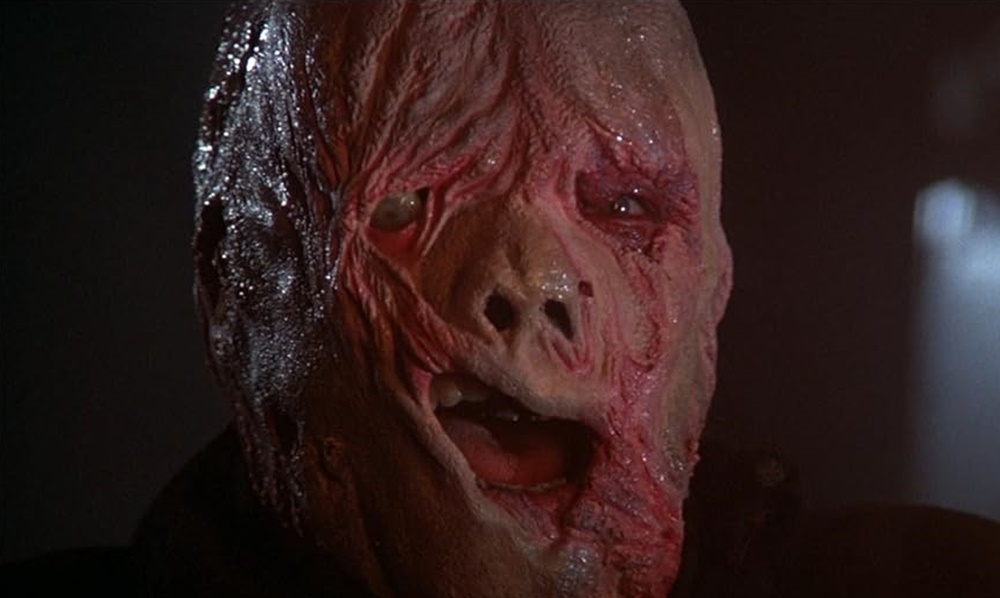
Fangoria is reporting that fans of the 1981 slasher The Burning will be able to have a screening of the film at the location where it was filmed. The movie is set at Camp Blackfoot which is actually the Stonehaven Nature Preserve in Ransomville, New York.
This ticketed event will take place on August 3. Guests will be able to take a tour of the grounds as well as enjoy some campfire snacks along with the screening of The Burning.
The film came out in the early ’80s when teen slashers were being churned out in magnum force. Thanks to Sean S. Cunningham’s Friday the 13th, filmmakers wanted to get in on the low-budget, high-profit movie market and a casket load of these types of films were produced, some better than others.
The Burning is one of the good ones, mostly because of the special effects from Tom Savini who had just come off of his groundbreaking work on Dawn of the Dead and Friday the 13th. He declined to do the sequel because of its illogical premise and instead signed on to do this movie. Also, a young Jason Alexander who would later go on to play George in Seinfeld is a featured player.
Because of its practical gore, The Burning had to be heavily edited before it received an R-rating. The MPAA was under the thumb of protest groups and political bigwigs to censor violent films at the time because slashers were just so graphic and detailed in their gore.
Tickets are $50, and if you want a special t-shirt, that will cost you another $25, You can get all the information by visiting the On Set Cinema webpage.
'Civil War' Review: Is It Worth Watching?
Follow our new YouTube channel "Mysteries and Movies" here.
Movies
‘Longlegs’ Creepy “Part 2” Teaser Appears on Instagram
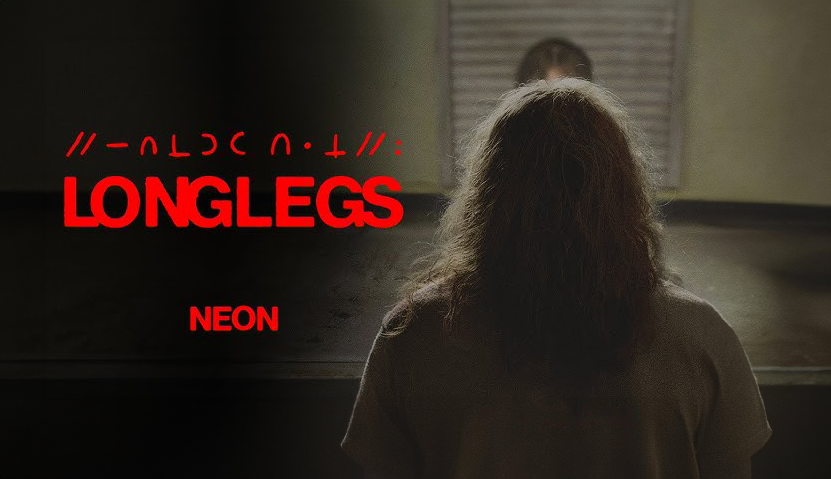
Neon Films released an Insta-teaser for their horror film Longlegs today. Titled Dirty: Part 2, the clip only furthers the mystery of what we are in for when this movie is finally released on July 12.
The official logline is: FBI Agent Lee Harker is assigned to an unsolved serial killer case that takes unexpected turns, revealing evidence of the occult. Harker discovers a personal connection to the killer and must stop him before he strikes again.
Directed by former actor Oz Perkins who also gave us The Blackcoat’s Daughter and Gretel & Hansel, Longlegs is already creating buzz with its moody images and cryptic hints. The film is rated R for bloody violence, and disturbing images.
Longlegs stars Nicolas Cage, Maika Monroe, and Alicia Witt.
'Civil War' Review: Is It Worth Watching?
Follow our new YouTube channel "Mysteries and Movies" here.
News
Exclusive Sneak Peek: Eli Roth and Crypt TV’s VR Series ‘The Faceless Lady’ Episode Five
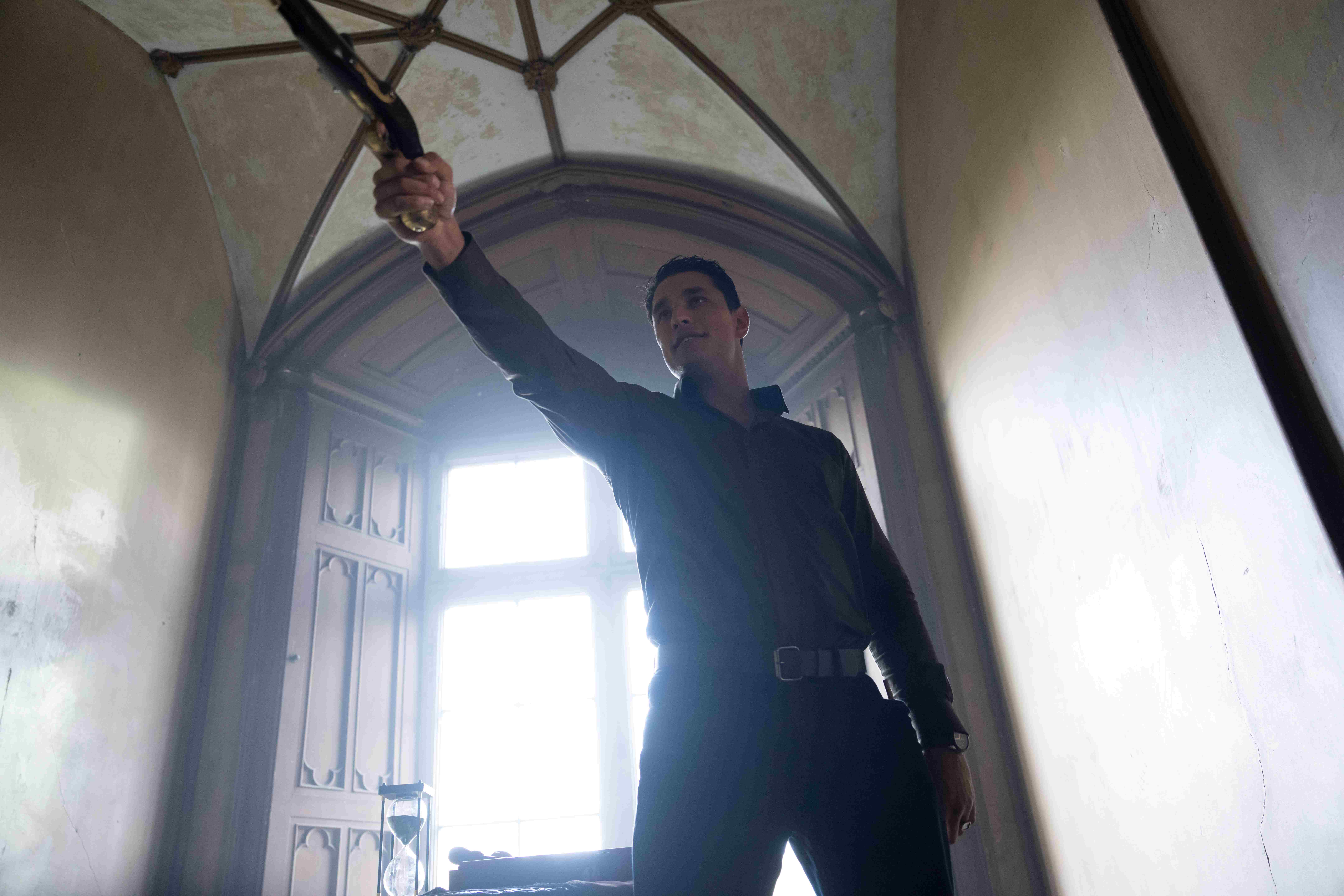
Eli Roth (Cabin Fever) and Crypt TV are knocking it out of the park with their new VR show, The Faceless Lady. For those unaware, this is the first fully scripted VR horror show on the market.
Even for masters of horror like Eli Roth and Crypt TV, this is a monumental undertaking. However, if I trust anyone to change the way that we experience horror, it would be these two legends.

Ripped from the pages of Irish folklore, The Faceless Lady tells the story of a tragic spirit cursed to wander the halls of her castle for all of eternity. However, when three young couples are invited to the castle for a series of games, their fates may soon change.
So far, the story has provided horror fans with a gripping game of life or death that doesn’t look as if it will slow down in episode five. Luckily, we have an exclusive clip that may be able to satiate your appetites until the new premiere.
Airing on 4/25 at 5pmPT/8pmET, episode five follows our final three contestants in this wicked game. As the stakes are raised ever higher, will Ella be able to fully awaken her connection with Lady Margaret?
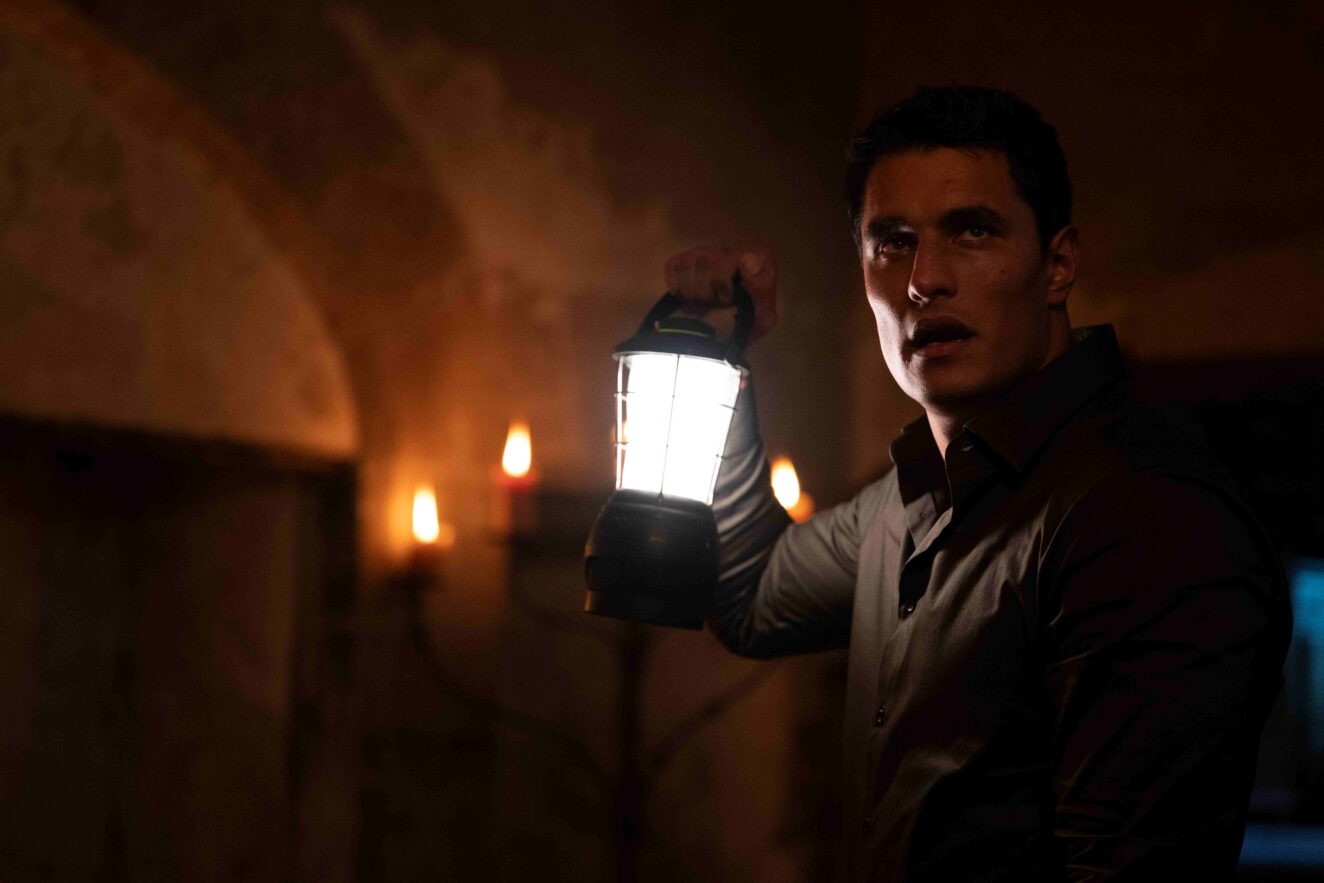
The newest episode can be found on Meta Quest TV. If you haven’t already, follow this link to subscribe to the series. Make sure to check out the new clip below.
Eli Roth Present’s THE FACELESS LADY S1E5 Clip: THE DUEL – YouTube
'Civil War' Review: Is It Worth Watching?
Follow our new YouTube channel "Mysteries and Movies" here.
-

 News7 days ago
News7 days agoWoman Brings Corpse Into Bank To Sign Loan Papers
-

 News5 days ago
News5 days agoBrad Dourif Says He’s Retiring Except For One Important Role
-

 Strange and Unusual6 days ago
Strange and Unusual6 days agoMan Arrested for Allegedly Taking a Severed Leg From Crash Site And Eating It
-

 Movies6 days ago
Movies6 days agoPart Concert, Part Horror Movie M. Night Shyamalan’s ‘Trap’ Trailer Released
-

 Movies6 days ago
Movies6 days agoAnother Creepy Spider Movie Hits Shudder This Month
-
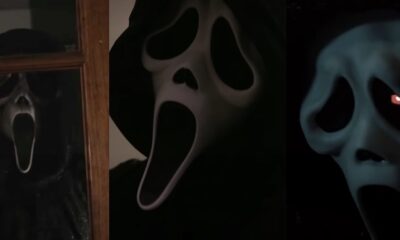
 Editorial5 days ago
Editorial5 days ago7 Great ‘Scream’ Fan Films & Shorts Worth a Watch
-
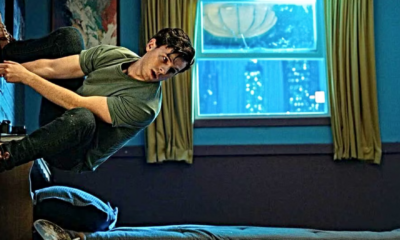
 Movies4 days ago
Movies4 days agoSpider-Man With a Cronenberg Twist in This Fan-Made Short
-

 News4 days ago
News4 days agoOriginal Blair Witch Cast Ask Lionsgate for Retroactive Residuals in Light of New Film
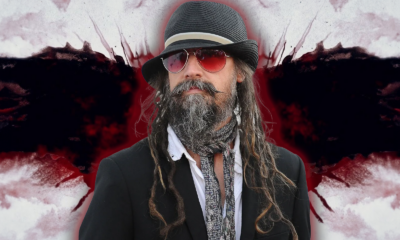

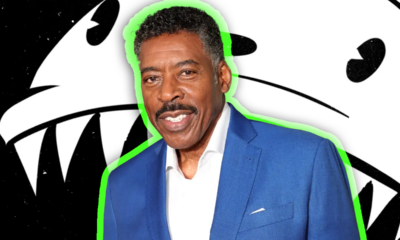

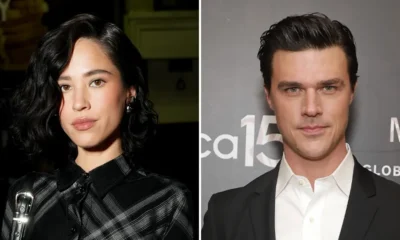





















You must be logged in to post a comment Login